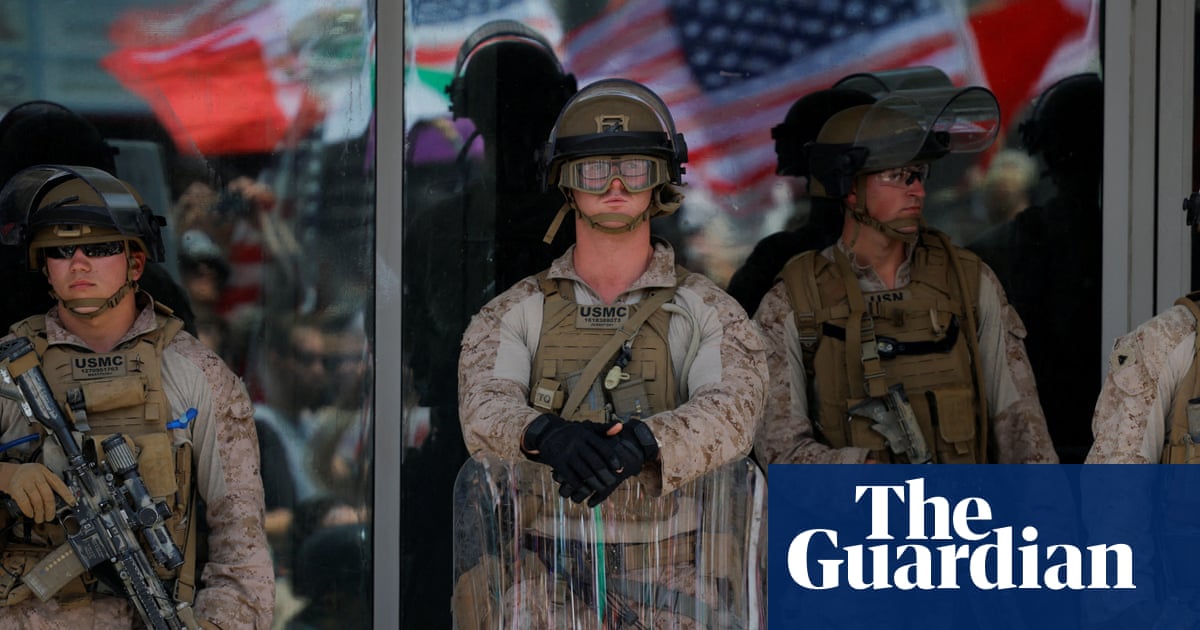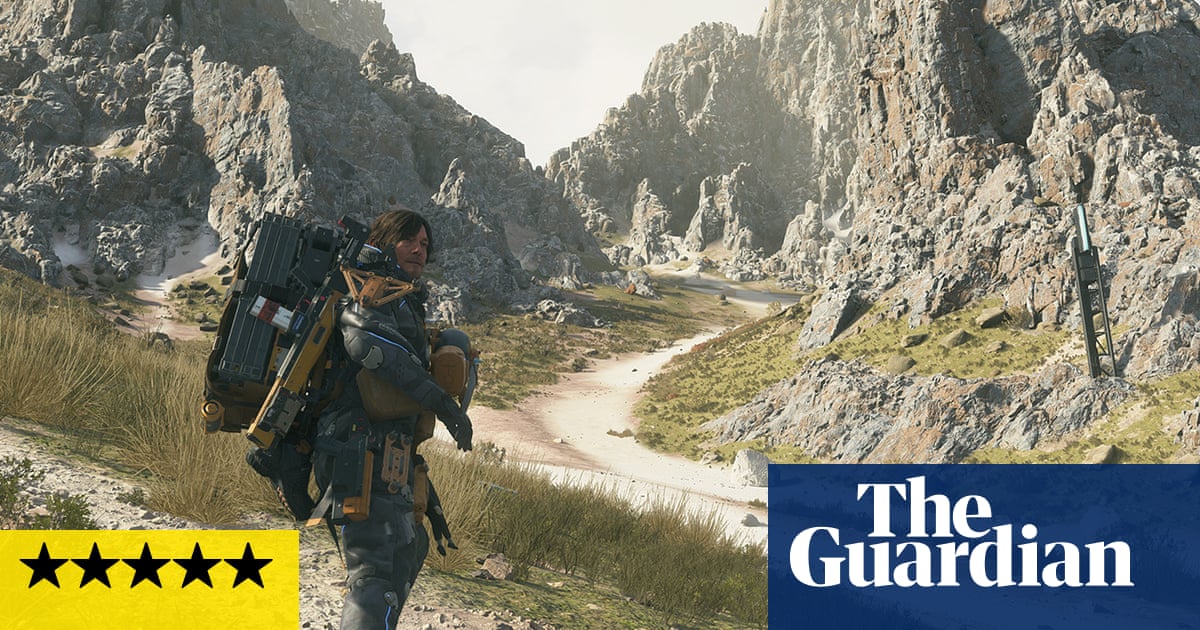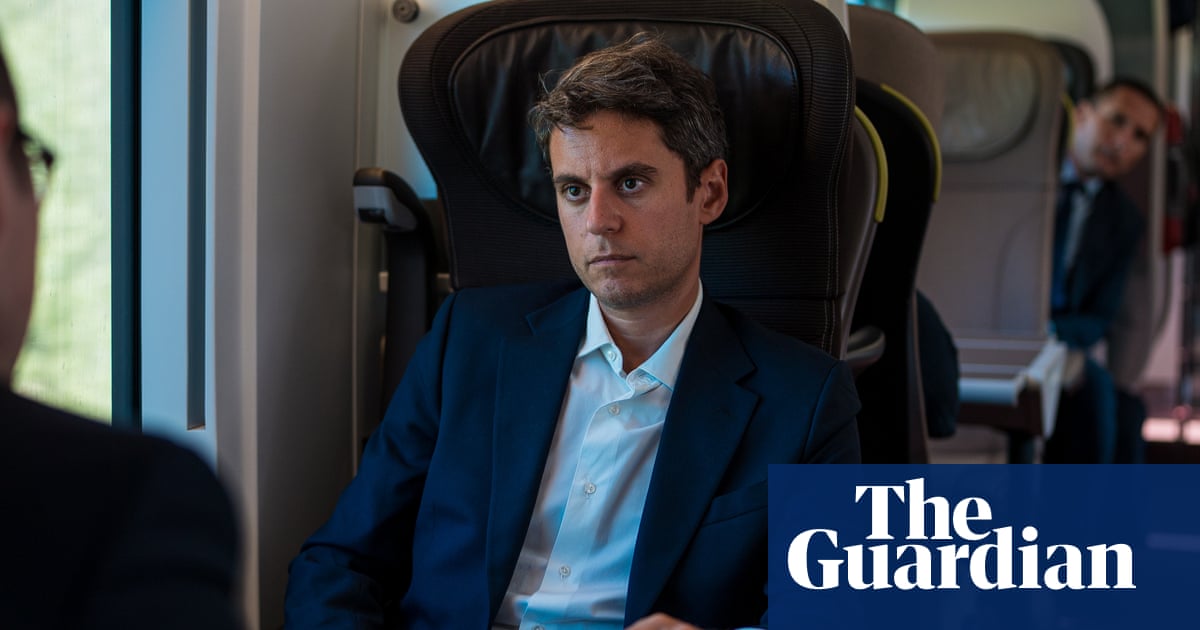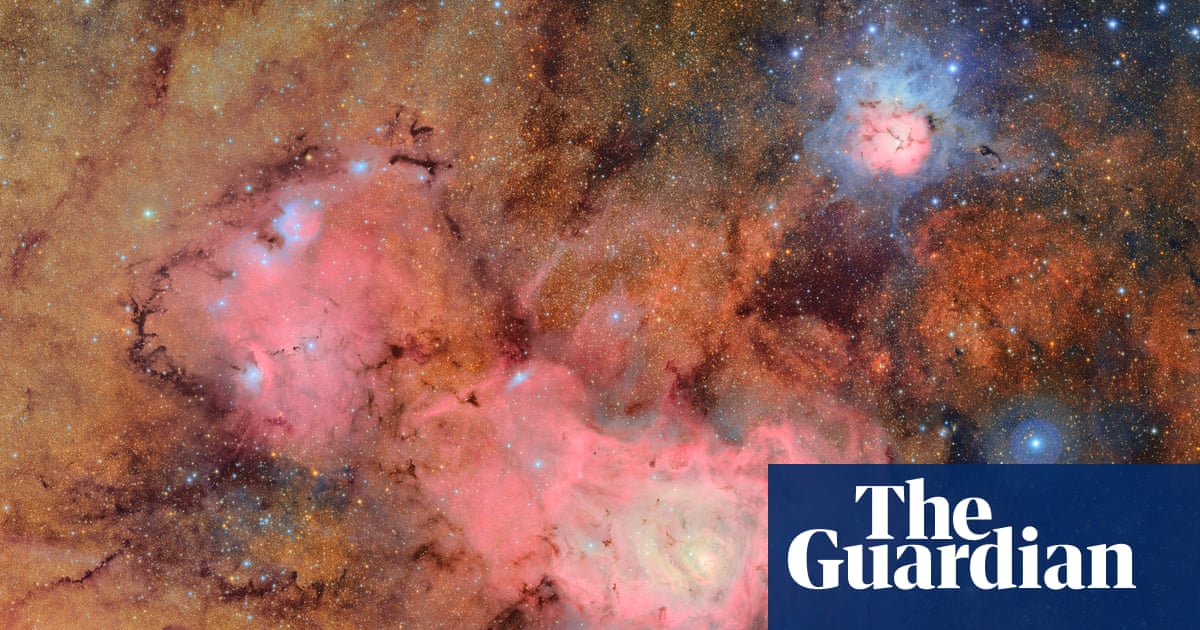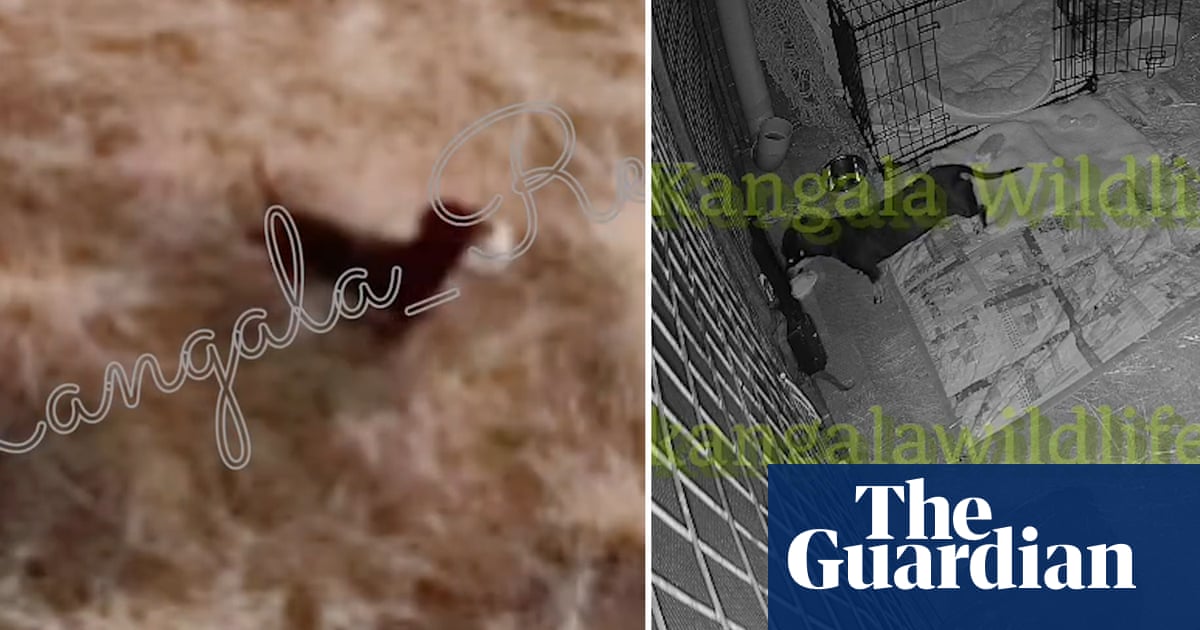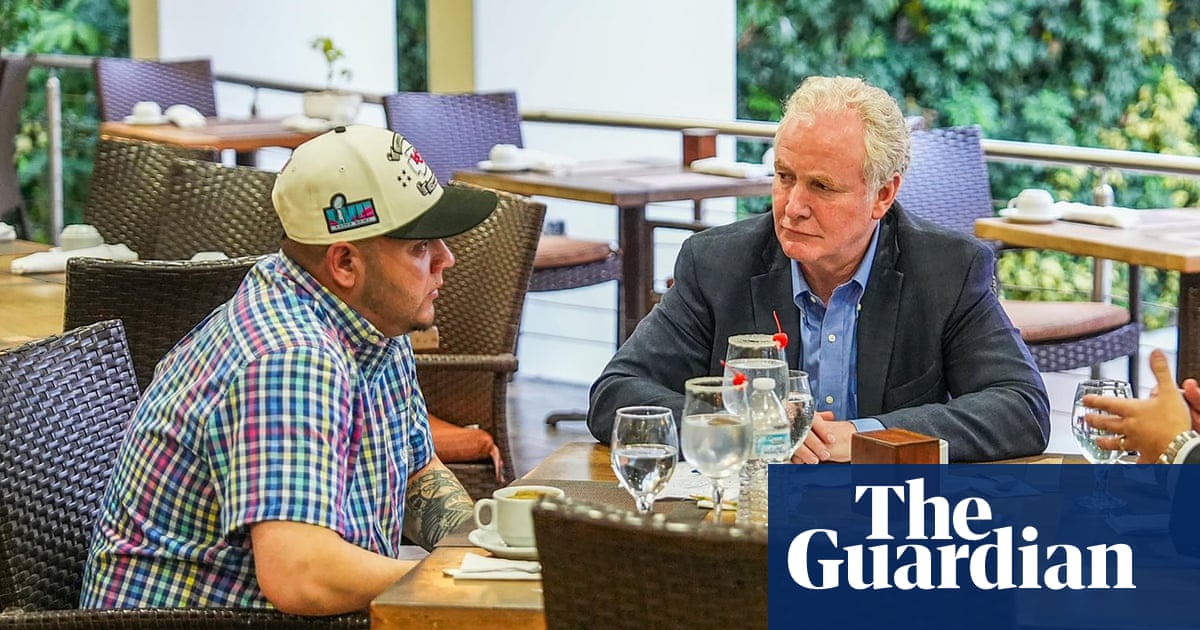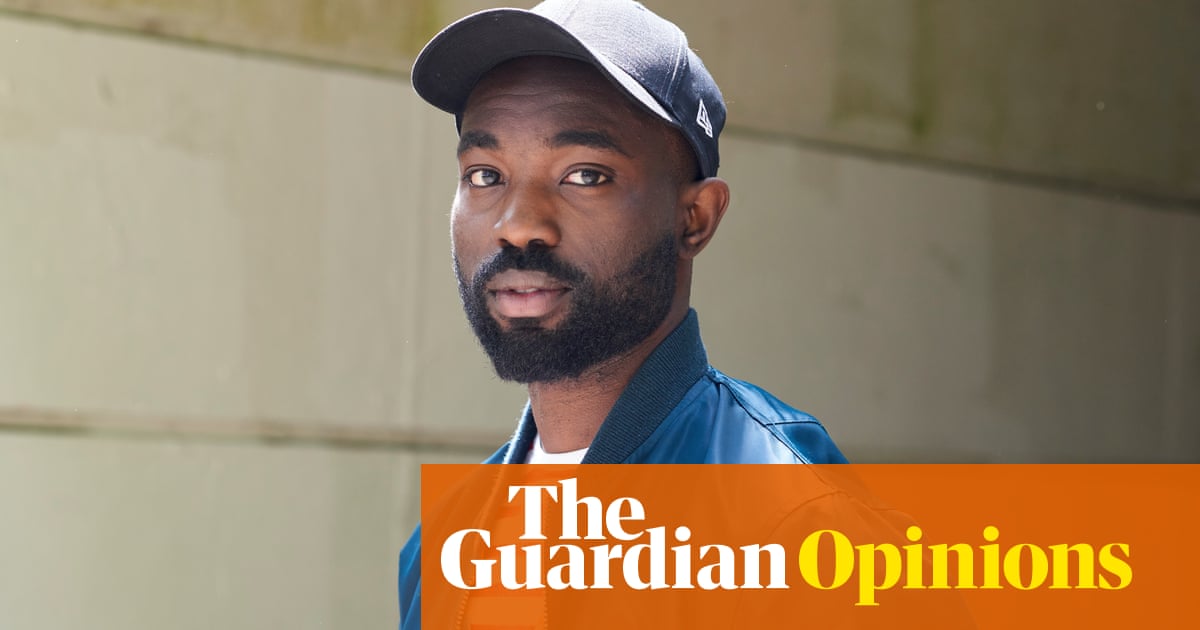Morning opening: You're (not) welcome here
In normal times, a visit by a US vice-president would be actively sought by many allied countries as a useful show of close relations with Washington.
But these days are gone. When JD Vance touches down at Pituffik space base in Greenland in the afternoon, there will be no Danish representatives to welcome him there, and they were open about the fact that he is, in fact, not welcome there, at least not anywhere outside the US base.

But then, these are not normal times, and it is not difficult to see why Danish politicians are not excited about increasingly thinly veiled threats of US plans to take control over Greenland – even against the will of its people.
It marks a dramatic shift from the close alliance between Denmark and the US, as Copenhagen now faces what still feels like a surreal scenario of having to defend a part of their country – which repeatedly showed no interest in becoming a part of the US – from the increasingly assertive US administration.
Earlier this week, US president Donald Trump said:
“It’s an island that from a defensive posture, and even offensive posture, is something we need, especially with the world the way it is, and we’re going to have to have it.”
“So, I think we’ll go as far as we have to go. We need Greenland and the world needs us to have Greenland, including Denmark.”
These words will inevitably frame the way today’s visit will be perceived in Europe. A source in the Danish government is quoted in today’s Berlingske as worrying that Denmark could face its version of “the Crimea script,” a reference to the Russian illegal occupation of the Ukrainian territory in 2014.
“For Denmark, this is the biggest foreign policy crisis since the second world war,” Jon Rahbek Clemmensen, Head of Research at the Center for Arctic Security Studies of the Royal Danish Defence College, told TV2.
There are still many unknowns about the programme of the visit – there are only so many things you can do in one of the world’s most isolated places – but Copenhagen particularly fears that Vance could use the trip to deliver a speech furthering the US claims to Greenland. He has a form with provocative speeches in Europe, after all.
Despite earlier reports, the US vice-president could still be joined by senior officials, national security adviser Mike Waltz and energy secretary Chris Wright, highlighting the unusually high profile of the visit.
Let’s see.
But it’s perhaps not a coincidence that it’s also that today that four of the five parties in the new Greenlandic parliament – all except the most pro-independence, pro-American Naleraq – are planning to announce the formation of a new government, just hours before Vance gets to the island.
I will bring you all the key updates on this throughout the day and more stories from France, Germany, and across Europe.
It’s Friday, 28 March 2025, and this is Europe live. It’s Jakub Krupa here.
Good morning.
Key events Show key events only Please turn on JavaScript to use this feature
Four Greenlandic parties set to sign coalition agreement today
Four of the five parties in the Greenlandic parliament will sign a coalition agreement today, in an apparent show of unity in the face of US interest in the island, local media reported.

The agreement will be signed at 11am local time (1pm GMT, 2pm CET), with the new government in control of 23 out of 31 mandates in the new parliament.
The presumed next prime minister, Jens-Frederik Nielsen, has repeatedly rejected Trump’s plans to take control of the island, telling Sky News:
“We don’t want to be Americans. No, we don’t want to be Danes. We want to be Greenlanders, and we want our own independence in the future. ... And we want to build our own country by ourselves.”
Only the most ardently pro-independence party, Naleraq, which came second in elections earlier this month will not be part of the coalition, after dropping out of talks last week.
‘Welcome to the top of the world’ - location

Miranda Bryant

When JD Vance and his delegation touch down at Pituffik space base in Greenland on Friday, they will be greeted by the words: “Welcome to the top of the world.”
As well as being the US’s most northerly military base – and its only one on the vast Arctic island – it is also among the world’s most isolated places.
For nine months of the year, the base (formerly known as Thule airbase) in north-western Greenland is locked in by ice, although it remains accessible by plane throughout the year. For three months there is no sunlight.
The strategically important site – about 932 miles (1,500km) from Nuuk, Greenland’s capital, 750 miles (1,207km) north of the Arctic Circle, and across Baffin Bay from Nunavut in Canada – plays an essential role in US missile detection.
Home to an upgraded early warning radar weapon system that can detect ballistic missiles, the base also monitors space for debris from decommissioned satellites and is home to the world’s most northerly deep-water port.
JD Vance to face frosty reception in Greenland - analysis

Miranda Bryant

The visit to Pituffik, a remote ice-locked US military base in northwestern Greenland, will be closely watched by leaders in Nuuk and Copenhagen, who have aired their opposition to the trip amid ongoing threats by Donald Trump to acquire Greenland, a semi-autonomous territory of Denmark.
“It’s safe to say we would rather not have him [Vance] in Greenland,” a government source in Copenhagen said.
The mood in Copenhagen was understood to be apprehensive. On Thursday, the Danish prime minister, Mette Frederiksen said: “Greenland is part of the Danish kingdom. That is not going to change.”
Meanwhile Lars Løkke Rasmussen, Denmark’s minister for foreign affairs, said Vance would not be greeted by Danish politicians at Pituffik because “it has nothing to do with us”.
“This is about an American vice-president who is going to visit his own military installation in Greenland. It has nothing to do with us,” he said.
Morning opening: You're (not) welcome here
In normal times, a visit by a US vice-president would be actively sought by many allied countries as a useful show of close relations with Washington.
But these days are gone. When JD Vance touches down at Pituffik space base in Greenland in the afternoon, there will be no Danish representatives to welcome him there, and they were open about the fact that he is, in fact, not welcome there, at least not anywhere outside the US base.

But then, these are not normal times, and it is not difficult to see why Danish politicians are not excited about increasingly thinly veiled threats of US plans to take control over Greenland – even against the will of its people.
It marks a dramatic shift from the close alliance between Denmark and the US, as Copenhagen now faces what still feels like a surreal scenario of having to defend a part of their country – which repeatedly showed no interest in becoming a part of the US – from the increasingly assertive US administration.
Earlier this week, US president Donald Trump said:
“It’s an island that from a defensive posture, and even offensive posture, is something we need, especially with the world the way it is, and we’re going to have to have it.”
“So, I think we’ll go as far as we have to go. We need Greenland and the world needs us to have Greenland, including Denmark.”
These words will inevitably frame the way today’s visit will be perceived in Europe. A source in the Danish government is quoted in today’s Berlingske as worrying that Denmark could face its version of “the Crimea script,” a reference to the Russian illegal occupation of the Ukrainian territory in 2014.
“For Denmark, this is the biggest foreign policy crisis since the second world war,” Jon Rahbek Clemmensen, Head of Research at the Center for Arctic Security Studies of the Royal Danish Defence College, told TV2.
There are still many unknowns about the programme of the visit – there are only so many things you can do in one of the world’s most isolated places – but Copenhagen particularly fears that Vance could use the trip to deliver a speech furthering the US claims to Greenland. He has a form with provocative speeches in Europe, after all.
Despite earlier reports, the US vice-president could still be joined by senior officials, national security adviser Mike Waltz and energy secretary Chris Wright, highlighting the unusually high profile of the visit.
Let’s see.
But it’s perhaps not a coincidence that it’s also that today that four of the five parties in the new Greenlandic parliament – all except the most pro-independence, pro-American Naleraq – are planning to announce the formation of a new government, just hours before Vance gets to the island.
I will bring you all the key updates on this throughout the day and more stories from France, Germany, and across Europe.
It’s Friday, 28 March 2025, and this is Europe live. It’s Jakub Krupa here.
Good morning.

 2 months ago
62
2 months ago
62
